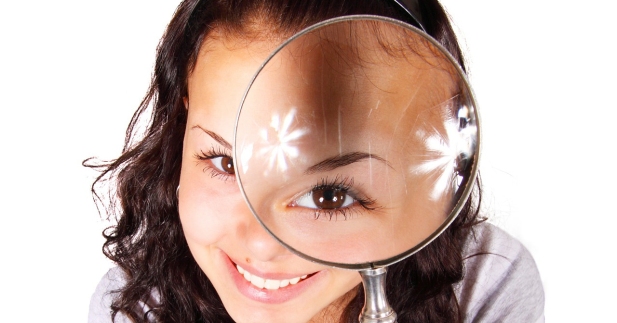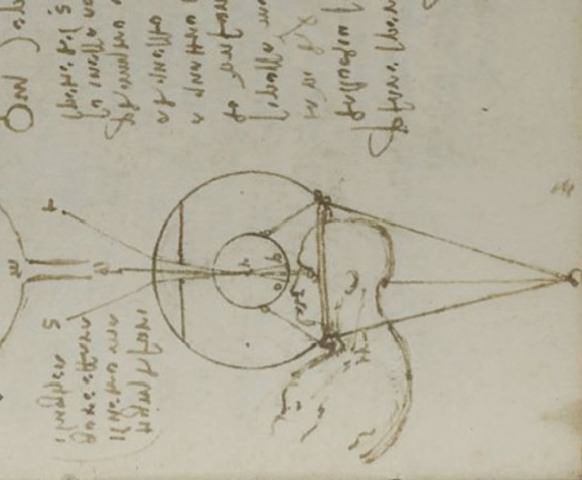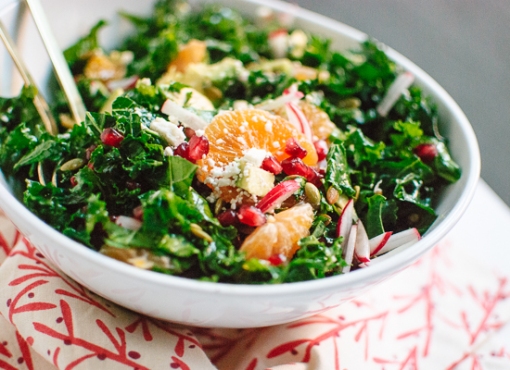Detecting diabetic retinopathy
What is diabetic retinopathy
Diabetic retinopathy is a complication of diabetes, caused by high blood sugar levels damaging the back of the eye (retina). It can cause blindness if left undiagnosed and untreated.
However, it usually takes several years for diabetic retinopathy to reach a stage where it could threaten your sight.
To minimise the risk of this happening, people with diabetes should:
- ensure they control their blood sugar levels, blood pressure and cholesterol
- attend diabetic eye screening appointments – annual screening is offered to all people with diabetes aged 12 and over to pick up and treat any problems early on
How diabetes can affect the eyes
The retina is the light-sensitive layer of cells at the back of the eye that converts light into electrical signals. The signals are sent to the brain and the brain turns them into the images you see.
The retina needs a constant supply of blood, which it receives through a network of tiny blood vessels. Over time, a persistently high blood sugar level can damage these blood vessels in three main stages:
- tiny bulges develop in the blood vessels, which may bleed slightly but don’t usually affect your vision – this is known as background retinopathy
- more severe and widespread changes affect the blood vessels, including more significant bleeding into the eye – this is known as pre-proliferative retinopathy
- scar tissue and new blood vessels, which are weak and bleed easily, develop on the retina – this is known as proliferative retinopathy and it can result in some loss of vision
However, if a problem with your eyes is picked up early, lifestyle changes and/or treatment can stop it getting worse.
Detect diabetic retinopathy at Henry Smith and Hamylton
We can detect early signs of diabetes with our advanced Retinal Imaging tests- Retinal digital photography, Optomap in our Leicester city centre and OCT in our Peterborough practice. It’s important to have regular eye examinations (at least every 2 years or more often) because we don’t always experience symptoms when there are eye problems. Early detection helps to keep the eyes healthy and vision clear.
Source: https://www.nhs.uk/conditions/diabetic-retinopathy/















